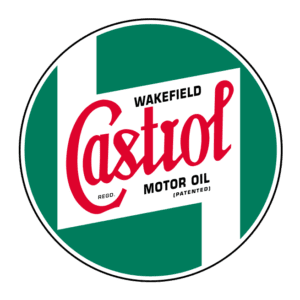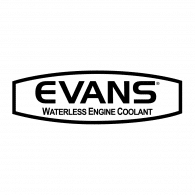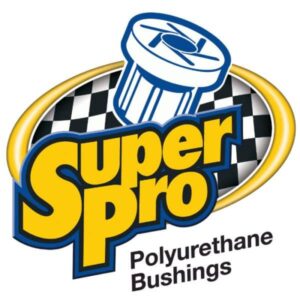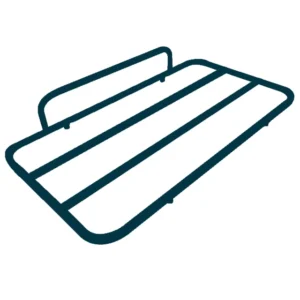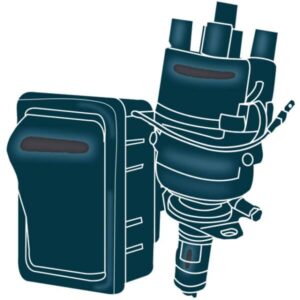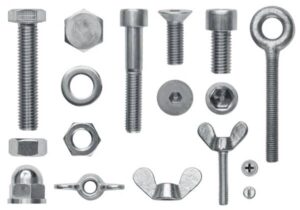The rise in popularity of the classic mini Leave a comment
Mini is a classic British icon that has been around for over 60 years. The iconic design of the Mini has stood the test of time, and it remains a popular car among car enthusiasts and collectors. The Mini has a unique and distinctive look, and it is instantly recognisable on the road.
First produced by British Motor Corporation in 1959 and introduced as a response to the fuel shortages and economic recession of the 1950s, the Mini was designed to be a small, fuel-efficient car that was affordable for the average person but quickly became a cultural icon, known for its unique design and versatility. The original Mini was only 10 feet long and 4 feet wide, making it one of the smallest cars on the market.
In the 1960s and 1970s, the Mini was popular among young people and was often used as a symbol of rebellion and counterculture. It was also used in popular films such as “The Italian Job” and “The Great Race.” However, as the years went by, the classic mini fell out of favour and was replaced by larger, more modern cars.
Since its initial unveiling, the Mini has undergone several changes and upgrades. The car has been made bigger, faster, and more powerful, but the classic design has remained the same. Despite no longer being British, the latest version of the Mini is still just as popular as the original, and it continues to be seen as classic British icon by modern Mini drivers.
By the 1990s groups of classic Mini enthusiasts began to restore and modify the classic models, forming clubs and organised events, which helped to reignite interest in the classic mini. This led to a resurgence in popularity, and the classic mini began to be seen as a collectible item.
Today, the classic Mini is considered a cult classic and is highly sought after by car enthusiasts and collectors. There are now dozens of classic Mini clubs and events around the world, and the cars are often featured in classic car shows and rallies.
The rise in popularity can be attributed to several factors. Firstly, the car has a unique and iconic design that is still relevant today. The classic mini’s compact size, fuel efficiency, and versatility make it a great choice for city driving. Additionally, the car’s compact size and classic design make it a great choice for customising and modifying. Another factor that has contributed to the classic Mini’s popularity is the nostalgia factor; many people who grew up in the 1960s and 1970s have fond memories of the classic Mini and are now in a position to buy one for themselves which has led to an increase in demand, particularly among older car enthusiasts. It is also a popular choice for people who are looking for a car that is easy to maintain and repair. The car’s simple design and mechanical layout make it easy to work on, and parts are readily available. This has led to a growing community of classic Mini enthusiasts who are passionate about restoring and modifying the cars.
The Mini is a small car, known for its quirky design and innovative features. However, like most cars, when a Mini ages it tends to develop common problems. Rust, engine issues, electrical issues, and suspension and steering problems are some of the issues that the Classic Mini’s owners may experience. If you’re considering buying a Classic Mini, be sure to keep these common problems in mind. The additional maintenance and inspections needed may increase the upkeep costs.
Corrosion: Classic Minis are prone to corrosion, due to the tight spaces in which it can accumulate. Rust can be found in the wheel arches, sills, and floor pans. Additionally, corrosion is likely to form around the windscreen and rear window seal, leading to water leakage. In order to avoid further damage, it is essential to be proactive in identifying and treating rust as soon as possible.
Engine: One common issue with Classic Minis is engine trouble. Its small engine is not renowned for its longevity, and can quickly succumb to wear and tear. Common problems include worn cylinder bores, valve guides, and bearings. Oil leakage is also a typical symptom of aged seals and gaskets. Maintenance and checks can help avert engine failure, but it’s wise to be ready in case repairs are required.
Electrical: The Classic Mini had its challenges. The Classic Mini’s electrical system is also prone to issues, especially due to its age. The car’s wiring harness can become brittle and can crack, causing electrical faults such as short circuits and intermittent power. Additionally, the Mini’s electrical components such as the alternator, starter motor, and generator can also fail.
Suspension and Steering: The Classic Mini’s suspension and steering are also known to have issues. The Mini’s unique suspension system, which features hydrolastic suspension and a unique rubber cone system, can develop leaks, causing the suspension to sag. The Mini’s steering can also develop play, which can make the car difficult to steer. Regular maintenance and inspections can help to prevent suspension and steering issues, but it’s important to be prepared for the possibility of repairs.
Here at Motaclan, we have the widest selection of classic mini parts available to help keep your cherished classic in full working order.


